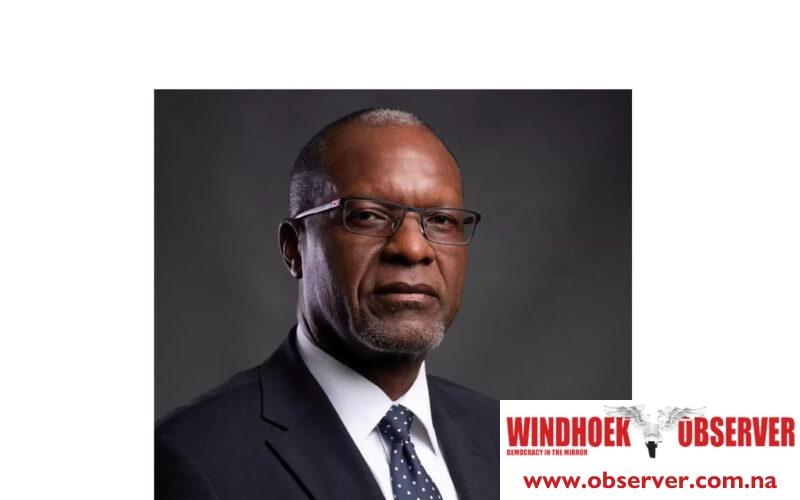Niël Terblanché
The global diamond industry is encountering unprecedented challenges, with significant impacts on countries like Namibia that are reliant on diamond exports for vital foreign revenue.
The Minister of Mines and Energy, Tom Alweendo highlighted these concerns during a parliamentary budget speech.
He emphasised the declining global demand and highlighted the potential risk posed by the G7’s new regulatory stance on the diamond trade.
The G7/EU sanctions regime is based on technological traceability and has set forth import restrictions on Russian diamonds, impacting the trade of rough and polished diamonds of any size imported directly or via third countries without transformation.
As of 1 March 2024, a phased import ban on Russian diamonds processed in third countries has also been introduced, covering diamonds that were transformed into polished stones in these countries.
“The demand for unpolished diamonds in crucial markets such as India and China has witnessed a considerable slowdown, exerting downward pressure on prices and affecting Namibia’s economy,” Alweendo said.
He said in a bid to reduce Russia’s revenues from its diamond trade, which finances its war against Ukraine, the G7 countries, alongside the European Union, have introduced sanctions that require all rough and polished diamonds destined for their markets to be routed through Antwerp, Belgium.
Adding that this is meant to curb the direct and indirect trade of Russian-origin diamonds, with Belgium playing a leading role in the implementation of this sanctions mechanism.
The minister added that the introduction of these measures represents a concerted effort to ensure that diamonds entering G7 markets, which account for almost 70 percent of global consumption, are not sourced from Russia.
“This step not only aims at reducing the financing of Russia’s military actions but also at improving transparency within the international diamond sector. The traceability mechanism, which will be fully operational by 1 September, is expected to digitally trace diamonds from mine to finger, setting a new standard of transparency in the industry. For Namibia, these developments pose significant challenges as well as opportunities,”
Alweendo has expressed concerns that the G7’s requirements could limit Namibia’s export options, increase costs, and reduce the country’s competitiveness in the global diamond market.
In his address in Parliament, Alweendo said that Namibia is currently engaging with the G7 countries to reconsider their decision, underlining the importance of maintaining flexibility in diamond exports.
He said that despite these challenges, the Namibian mining sector is witnessing positive developments, with an increase in investment in exploration and mining activities.
“This is attributed to the rising demand and prices for other commodities such as uranium, gold, and lithium,” he said.
According to him, the government’s decision to prioritise in-country value addition for critical minerals like lithium before exportation highlights the strategic moves being made to diversify and strengthen the sector.
Alweendo said that the Namibian government’s negotiations with the G7 countries will be crucial in determining the future trajectory of the country’s diamond sector.
He said that the ability to adapt to the evolving global landscape and leverage new opportunities will be key to sustaining and growing Namibia’s mining sector.




